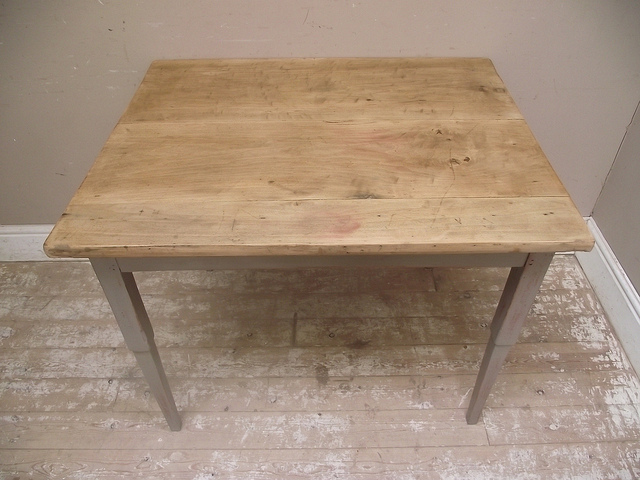 Tables can be boring. With so much information jammed into columns and rows, the information can become hard to read. All your readers may see are lines, numbers, and words in a visual jumble. If it’s hard to differentiate between the rows of information, readers can easily lose track of where they are in a table. When the column headings scroll out of view, readers may not recall the information every column contains.
Tables can be boring. With so much information jammed into columns and rows, the information can become hard to read. All your readers may see are lines, numbers, and words in a visual jumble. If it’s hard to differentiate between the rows of information, readers can easily lose track of where they are in a table. When the column headings scroll out of view, readers may not recall the information every column contains.
To help you solve the challenge of boring tables, I have these articles you can read and apply to your Analysis project:
- 10 Easy Ways to Turn a Dull Word Table into a Design Element
- 8 Formatting Tips for Perfect Tables in Microsoft Word
There are a lot of ads on these pages. I use a browser extension that hides all the ads. I never see them at all. If the ads bother you, you might try one of the blockers too. I’m using Adblock in the Chrome browser.
Photo credit: Old French Table by French Finds on Flickr, used under a CC-BY license.
3 Comments
I think the most valuable piece of information to make a table is taking out some of the lines and adding in extra “breathing room” cells.Turning a giant block of text into concise chunks of information is always a good idea. It’s also a good idea to limit the amount of words used in each cell but is generally easier said than done.
I love formatting information into a table because it’s easier for me to read rather than in paragraph form. If the table is just for you to use, then you should use colors that stand out most to you. For example, I like to use pink and blue as my go-to colors while using bolding and italicizing when necessary.
Tables certainly have their uses. To me, there is no better format if I am trying to find a specific piece of information. They do have disadvantages, but ease of information retrieval should not be sacrificed. Adding color to tables (shading rows) is not just an aesthetic improvement, but makes the table easier to read. Color can also be used to highlight different values. Take, for example, this NBA predictions table from FiveThirtyEight: https://projects.fivethirtyeight.com/2018-nba-predictions/
Higher values are highlighted, which makes reading the table even easier. I believe Excel can do this kind of highlighting, but I’m not sure about Word.